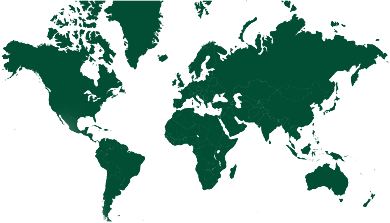Guidelines and manuals
2020 • Swedish University of Agricultural Sciences (SLU) Guide to sanitation resource recovery products and technologies
This guide provides a comprehensive overview of sanitation resource recovery options, focusing on the final products as well as technologies that transform excreta, wastewater and faecal sludge into valuable resources. It is structured into three sections: reuse products characteristics and use, treatment technologies, and cross-cutting issues such as policy and safety. The guide serves engineers, planners, researchers, NGOs, and entrepreneurs in designing functional solutions for resource recovery.
Recovered Materials & Products
Energy
Electricity
Solid fuel
Biogas
Nutrients
Fertilizer
Compost
Digestate
Soil conditioner
Water
Feed
Water reuse
Black soldier fly larvae
Waste Streams
Faecal sludge
Wastewater
Urine
Greywater
Confirmed countries
Germany


What is this tool intended for?
The guide is intended to assist decision-makers and practitioners in designing sanitation systems that safely recover and reuse resources such as nutrients, water, energy, and soil conditioners. The guide introduces users to diverse recovered sanitation products and innovative treatment technologies, supports designing functional resource recovery systems by linking inputs, technologies, and outputs, and provides key insights into design, operation, health, safety, and social considerations. It also offers balanced evaluations of each technology's advantages and disadvantages.
How does this tool work?
The guide includes detailed information sheets on reuse products (e.g., compost, biogas, biochar) and treatment technologies (e.g., vermicomposting, struvite precipitation, incineration). Each sheet outlines the product's characteristics, health considerations, social acceptance, and technical maturity. It links resource inputs to specific outputs, supporting the design and evaluation of tailored solutions.
Who might use this tool and with which types of stakeholders?
- Engineers and Planners: For system design and technology selection,
- Entrepreneurs: To explore business opportunities in resource recovery.
- NGOs and Researchers: For capacity building and advancing recovery technologies.
What stages of a process can this tool support?
This guide is mainly for intended for the planning and design phase, supporting the identification of appropriate technologies and recovery pathways.
Where can this tool be used?
The guide is globally applicable, with relevance in any urban, peri-urban, and rural context where resource recovery from sanitation systems is of interest.
Technologies
Composting
Anaerobic digestion
Struvite precipitation
Pyrolysis
Vermicomposting
Lime stabilization
Membrane treatment
Incineration
Themes
Assessment
Design
Technologies